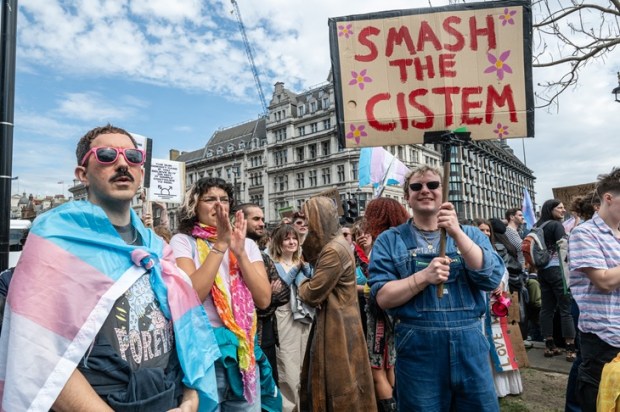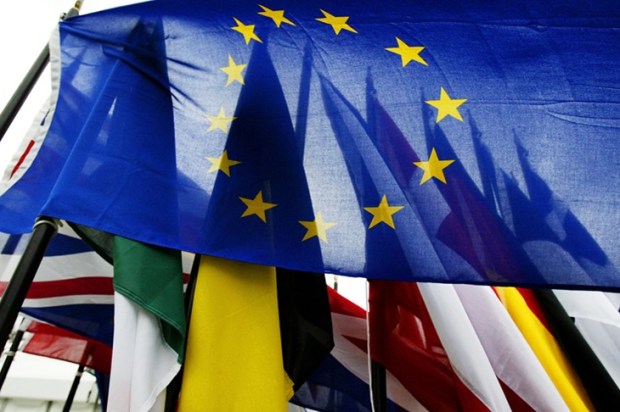It is self-evident that even among those of us who are not religious, there is an instinct towards the numinous and the sacred. When objects with these values are desecrated and profaned, it evokes great anger and anguish.
Human history is rife with such examples – the loss of the Great Library of Alexandria, a famed repository of ancient wisdom; the ransacking and destruction of the Summer Palace in Beijing, the pinnacle of Chinese Imperial architecture; synagogues in Europe used as stables (or worse) by the Nazis and communists in turn; and the wanton bombing of the Bamiyan Buddhas in Afghanistan, an irreplaceable melding of multiple civilisations, from the Gupta Empire to the Sasanian Empire.
Whether the cause was accidental, greed, spite, or fanaticism – as these examples respectively are – they are all outrages against culture. Words like ‘vandals’ and ‘barbaric’ are used to describe those who deliberately denigrate civilisation. Well, the barbarians are back only this time calling themselves ‘environmentalists’.
I wrote in June of a climate activist’s attempt to attack the Mona Lisa, smearing cake over its protective glass façade after failing to break it. In the short few intervening months there has been an epidemic of such recalcitrant acts of barbarity accompanied by unlettered lectures of vague Last Judgment prophesies.
In July, two students damaged Constable’s The Hay Wain by gluing large pieces of paper over the painting. Within days of each other in October, ‘protesters’ threw tomato soup at Van Gogh’s Sunflowers in London and mashed potato at Monet’s Les Meules in Potsdam. Earlier in the month, black-clad Extinction Rebellion acolytes glued themselves to Picasso’s Massacre in Korea in Melbourne.
It is lucky that none of the artworks were seriously damaged, but at this rate, soon an irreplaceable treasure will be.
The fanaticism fuelling the climate extremists are akin to the worst of religious zealotry, reminding one of the bonfire of the vanities (when supporters of Savonarola burned countless artworks and books that they saw as sinful, including paintings by the likes of Botticelli).
It is also reminiscent of the ideological radicalism of the Nazis, who stole an estimated one-fifth of all European art. Furthermore, ‘degenerate’ art, including many Cezannes, Picassos, Matisses, Gauguins, Braques, and Van Goghs, were simply destroyed. In the ignoble final throes of the Third Reich, many famous works were burned out of spite. One such lost work is Raphael’s Portrait of a Young Man, often seen as the most important piece of art lost since the second world war.
In the hellfire of an existentialist war, the Monuments, Fine Arts, and Archives Program of the Allied Armies came into being, with the express purpose to preserve cultural treasures. Compared to men and women who would risk their lives in war zones to protect art, those who live affluent lives in the first-world today – who self-righteously attempt to destroy art – seem rather paltry and contemptible.
While smaller in scale and (thankfully) lacking in competence, the new wave of eco-extremists share the same barbaric instincts to the puritans of yore, where anything is allowed given the conceit they have bestowed upon themselves, and the arrogance never to pause and consider that they might be wrong.
It is a new and fanatical religion with its own end-of-days prophesy (climate apocalypse), its original sin (petroleum), its priesthood (Greenpeace, Extinction Rebellion, Greta Thunberg etc.), and its sale of indulgences where celebrities and the elites like saint Leonardo DiCaprio, Al Gore, and all the VIP COP26 attendees are able to endlessly private-jet across the world to talk down to the proles about needing to cut back on indulgences such as heating their homes and driving to work.
Even minor acolytes, such as one of the students who damaged the Constable masterpiece, has admitted that she ‘impulse flew to the Canaries to escape chilly British weather’. Her Instagram shows her holidaying in places like Bali, Australia, and Greece. But redemption is possible, so she would seem to think, by taking out her guilt on old paintings in an act of petulant depravity.
Eco-activists obviously forget, in their delusion of an antediluvian world of prelapsarian purity, that their lives are ensconced by the comforts of fossil fuels and the thousands of other products derived from petroleum. They are ignorant of the consequences of their ideology, which is coming into sharp relieve as the Russians restrict gas to a Europe ready to shiver through a hard winter.
Preserving the environment is a worthy venture. It is also a complex and multifaceted issue, the science of which is not remotely ‘settled’. While every voice should have a place at the table, those who simply shout are not conversing, while those who engage in petulant destruction should simply be punished.
I warmly welcome Douglas Murray’s proposed cash prize for anyone who stops an attack on a painting. Up with this, we should not put.

























